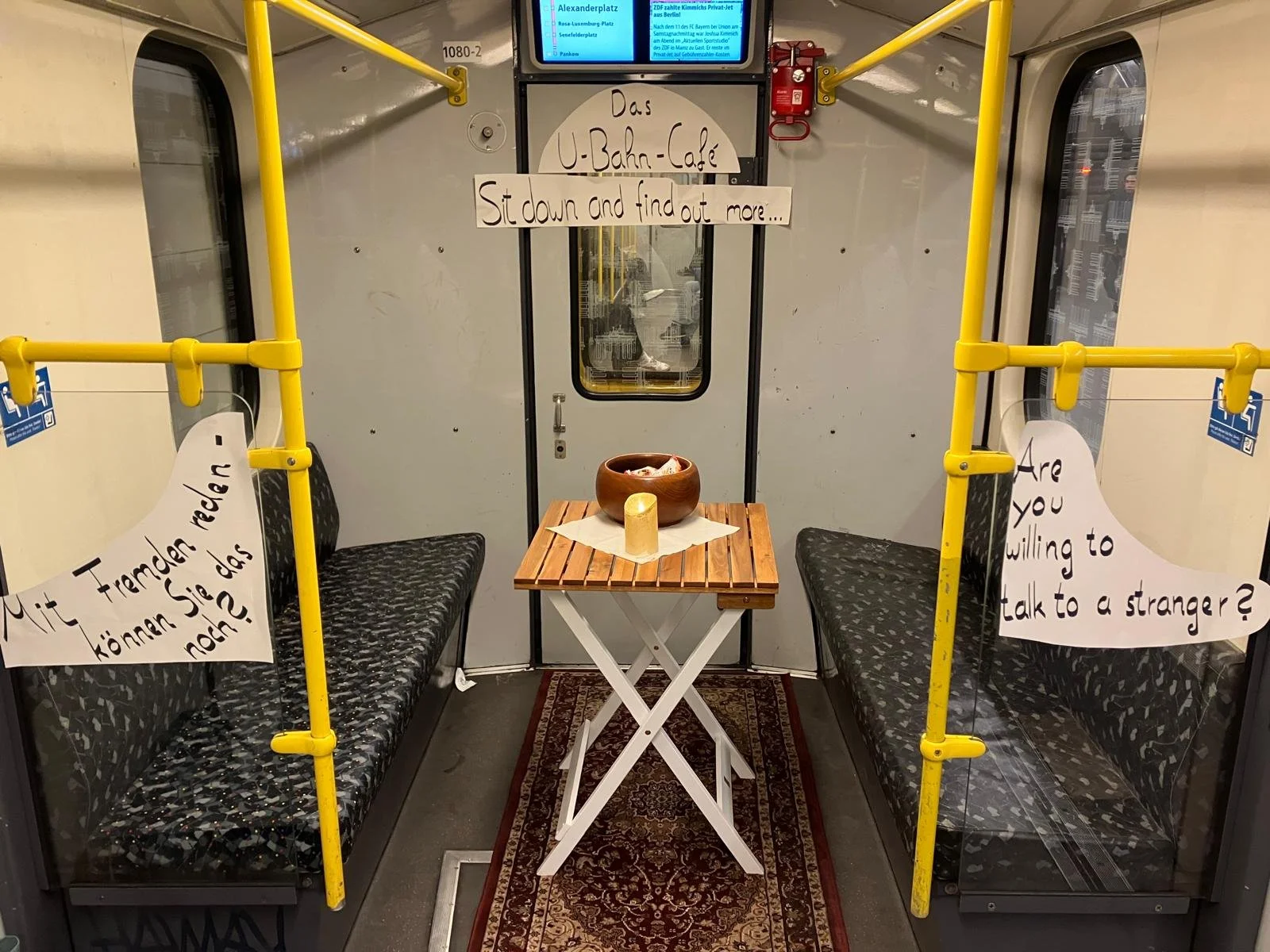POLY(IS)TOPOGRAPHY: WRITING COLLECTIVE BIOGRAPHIES THROUGH READING URBAN PUBLIC SPACE
Poly(is)topography is a participatory performance that invites a group of people to collectively explore the relationship between biography and urban public space. The term, inspired by the concept of autotopography theorised by Gonzales (1995) and Heddon (2008), combines poly (many), topos (place), graphein (to write), and polis (the common ground of citizens). Guided by a script of prompts and poetic tasks, participants walk through the city, read its textures and traces, and connect personal memories to its materiality.
They act as readers and writers of the space, treating it as a living book. Along the way, they compose similes, invent units of measure, and write collaboratively, storytelling biographical memories while negotiating common elements of their lives. The negotiation ends in the writing of a collective poem: a shared expression of their throwntogetherness, that is the layered, spontaneous convergence of multiple identities and trajectories.
Poly(is)topography proposes a way of being and creating together: grounded in the here and now, open to multiplicity, and shaped by the spatial and temporal traces we carry and encounter.






